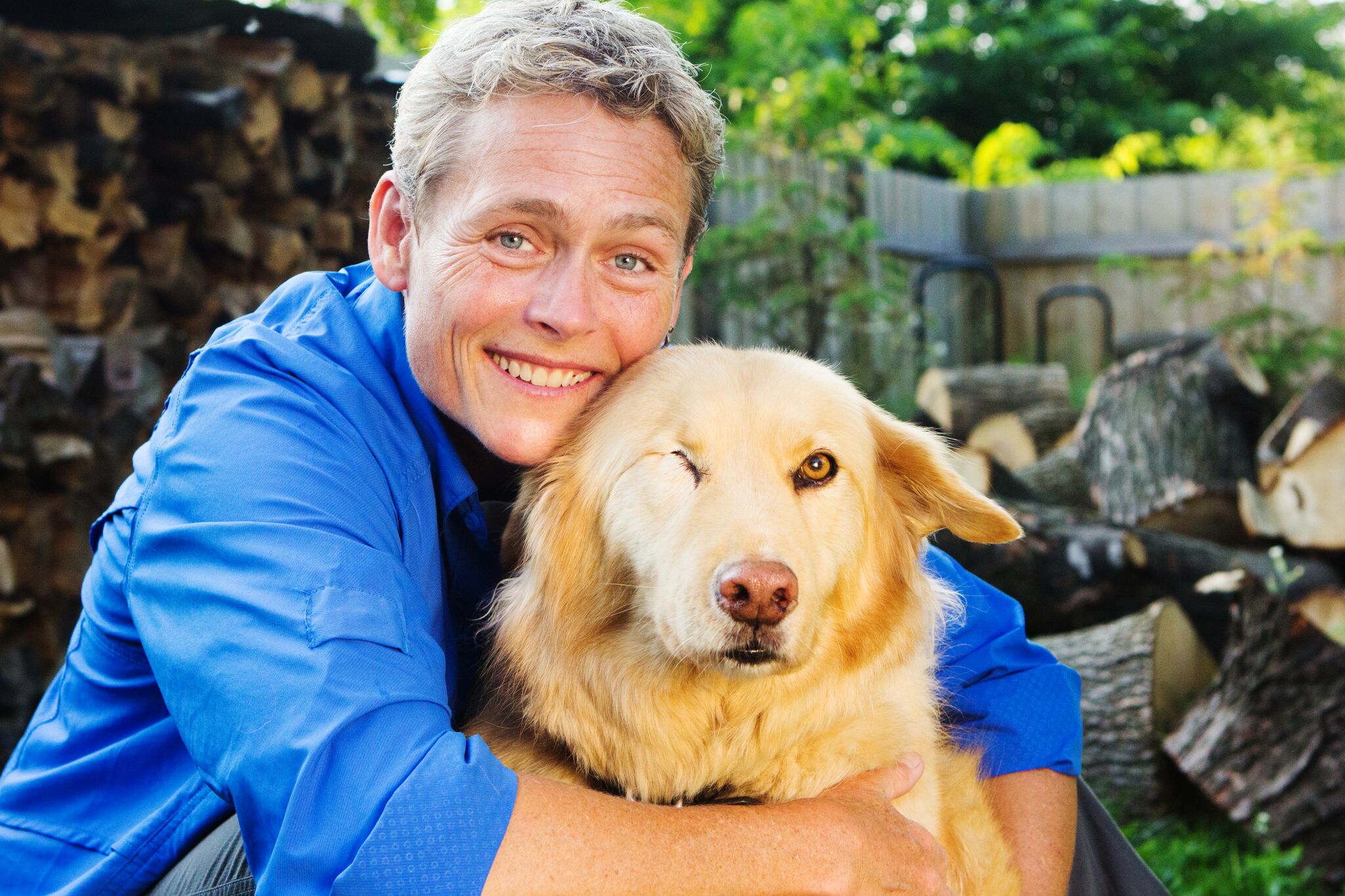There are several themes I hear over and again in my preparatory calls before speaking for an organization or at a conference. Whether it’s from growth or re-structuring, regulations or new technology, every organization is trying to figure out how to manage so much change. And how to address change fatigue in employees weary with working (and living) in an environment of uncertainty.
For some, change is welcome and exciting. For others, it’s unnerving and disturbing. However you feel about it, change will keep happening. So what can you do personally and with your team to help embrace change? What would be a Wild approach to change management?
Bear, one of our sled dogs, can offer some insight. He’s not a leader, never likes running in the front of the team. He gets distracted, looking back, maybe wondering why all the other dogs are chasing him?!? However, in the wheel position (closest to the sled), he is a rock star. He’s strong, driven, pulls hard, and loves it. And this is great, because dog teams, like all teams, need a variety of strengths and personalities.
Here’s what’s interesting about Bear…when we run loop routes (trails that circle back to where we began), he is solid. But when we run a ‘down-and-back’ route (turning around at some point and running the same trail home), he becomes a tourist. At the point that we turn around, our strong motivated boy starts looking around, sniffing, trying to pee on things, and is generally distracted and distracting to the team.
It took a while to figure out what was happening and to make the connection that it was the turn-arounds that were bugging him. I think he didn’t understand why we were going back on the same trail that we just ran. What was the point of that?
Herein lies Bear’s great wisdom…Purpose Matters.
It matters to everyone, not just the leaders. Especially if it’s not clear why the change is happening. Perhaps there is a change in priorities based on a vision for the future. Or there is a new regulation or maybe a different protocol that creates more work, not less. It’s understandably hard to get on board with some of these changes.
How can you support people’s Wild sides at work (having the courage to bring the gift of all of who you are to all of what you do) in changes like these?
- Share the vision. To Bear’s point…why are we doing this? This is one of the most important aspects of any leader’s role. If the change is about short-term discomfort to get toward a vision for the future, then by all means, share this with everyone in the organization. Speak with enthusiasm. Make sure that managers and supervisors really get it, so they can reinforce the vision behind the changes as they are implementing.
- Get input from all levels. Your ‘Bears’ will have a very different perspective than the musher or the lead dogs. Front line workers, for example, are often the ones who know better than anyone how change will impact work flow, productivity, and customer satisfaction, to name just a few.
- Stick together. Like the ‘down-and-back’ routes that Bear doesn’t appreciate, occasionally there are changes that just don’t make sense. Regulations, for example, can sometimes be hard to fathom and disruptive. And, they have to happen anyway. It’s ok to acknowledge this. To say that you don’t get it either, but that we’ll get through this together. Reiterate the foundation of the work, why it matters to the world. Support each other through this, rather than leaving it up to individuals to manage on their own.
When it comes to managing change, hoping people will just deal with it has resulted in more employee discontent than perhaps anything else I’ve encountered. It’s tempting to hope it will all just blow over. That people will just get used to it after a while. This rarely goes well. The good news is that even difficult change can be an opportunity for connection and engagement, as long as everyone understands the ‘why’ of what is happening. Even if not everyone agrees with the change, feeling heard and acknowledged makes it easier to be on board.
Bear is clearly happier with loop routes. When we do ‘down-and-backs’ with him, we know he’ll be less enthusiastic. So, we encourage him more. Praise him. Nudge him past his ‘tourist’ tendencies. He’s still a sweet, strong, and powerful member of our dog team, no matter the route. Purpose matters!


